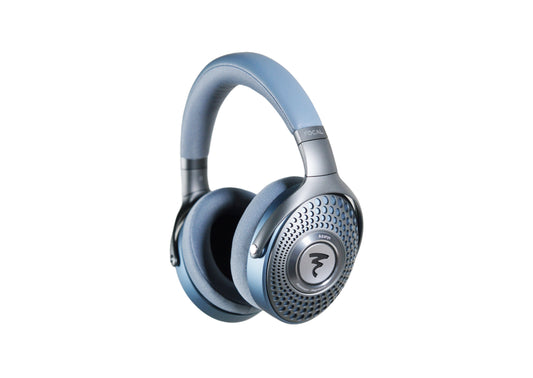Focal Azurys and Hadenys Dual Review: The Focal Evolution
Focal recently announced two new headphones: the closed-back Azurys ($549) and open-back Hadenys ($699). Fc-Constructs gives us a deep dive into their sound and compares them against other benchmark headphones to see where they stand in the market.
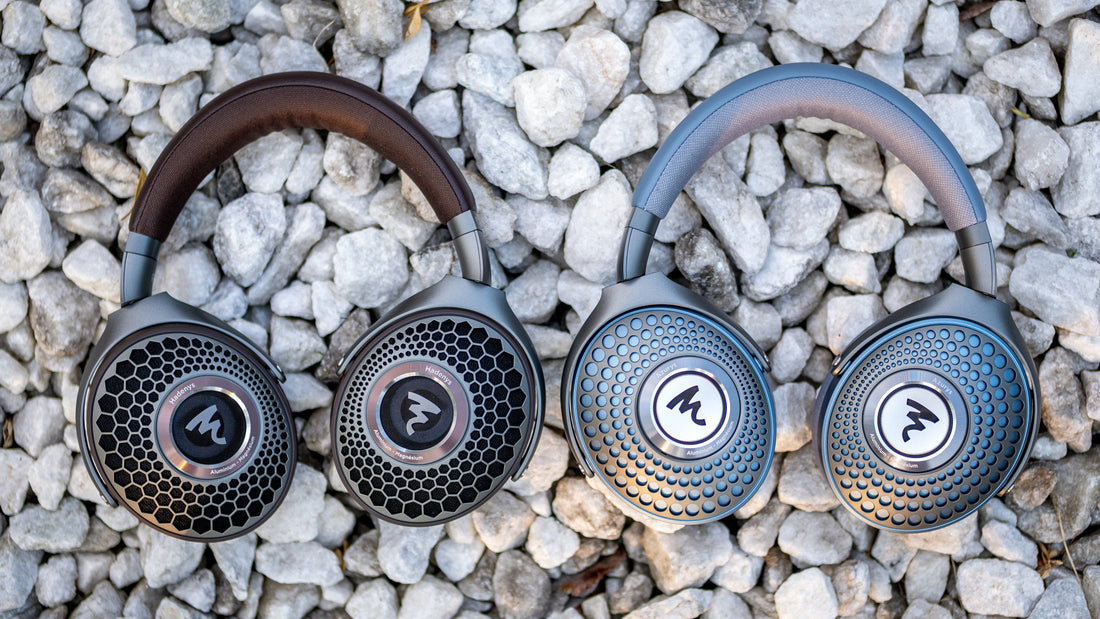
Introduction
New product releases from big brands are always an exciting time. Even better when we get a two-for-one deal. That’s what we have with Focal’s recently announced closed-back Azurys ($549) and open-back Hadenys ($699). What makes them particularly interesting is that they continue the use of Focal’s production line that they introduced with their wireless Bathys ($799). It seems like Focal has chosen a new direction with their headphones so let’s take a look and see where the second stop on this journey has taken them.
What we like
- Lightweight, comfortable, and swivelable cups
- Very well-tuned reference-adjacent signatures
- Tasteful bass boost on the Hadenys
- Controlled treble on the Azurys
What we don’t like
- Not as engaging as the traditional Focals
- Shifted ear gain peak from 3 kHz to 3.5 kHz
Source(s) used: Ferrum ERCO Balanced DAC and Headphone Amplifier
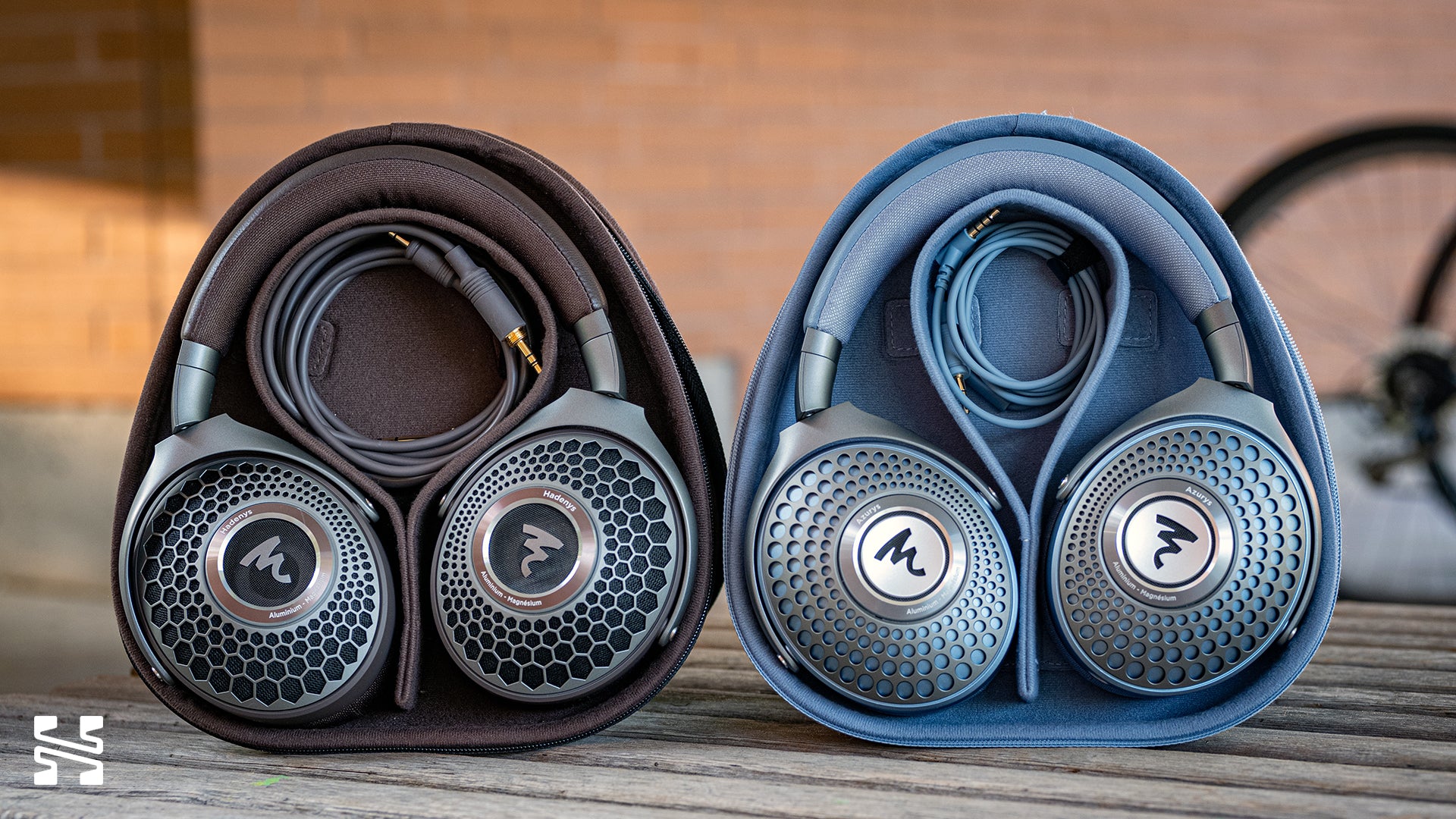
Build
Given that the Azurys and Hadenys use the same design as the Bathys, both of them are nearly identical from a build perspective.
- They weigh about ~300 g, with plastic being the primary building material. There are some metal parts such as the core of the headband and outer accents on the cups though.
- They share the same 40 mm Aluminum-Magnesium ‘M’-shaped driver. These headphones are quite easy to power, no special amp needed.
- They have left-sided 3.5 mm single entry designs. As a right-handed person, I very much appreciate the left-side entry. It prevents the cable from getting in my way.
- The pads and headband use a breathable cloth-like material instead of the traditional leather or velour. I quite like this material.
- They have cups that swivel 90° to lie flat. This allows the carrying case to be so slim.
- Speaking of the carrying case, they are hard shells with a fabric cover for a touch of softness. The Azurys’ case is particularly nice to the touch as it has a knit-like feel to it.
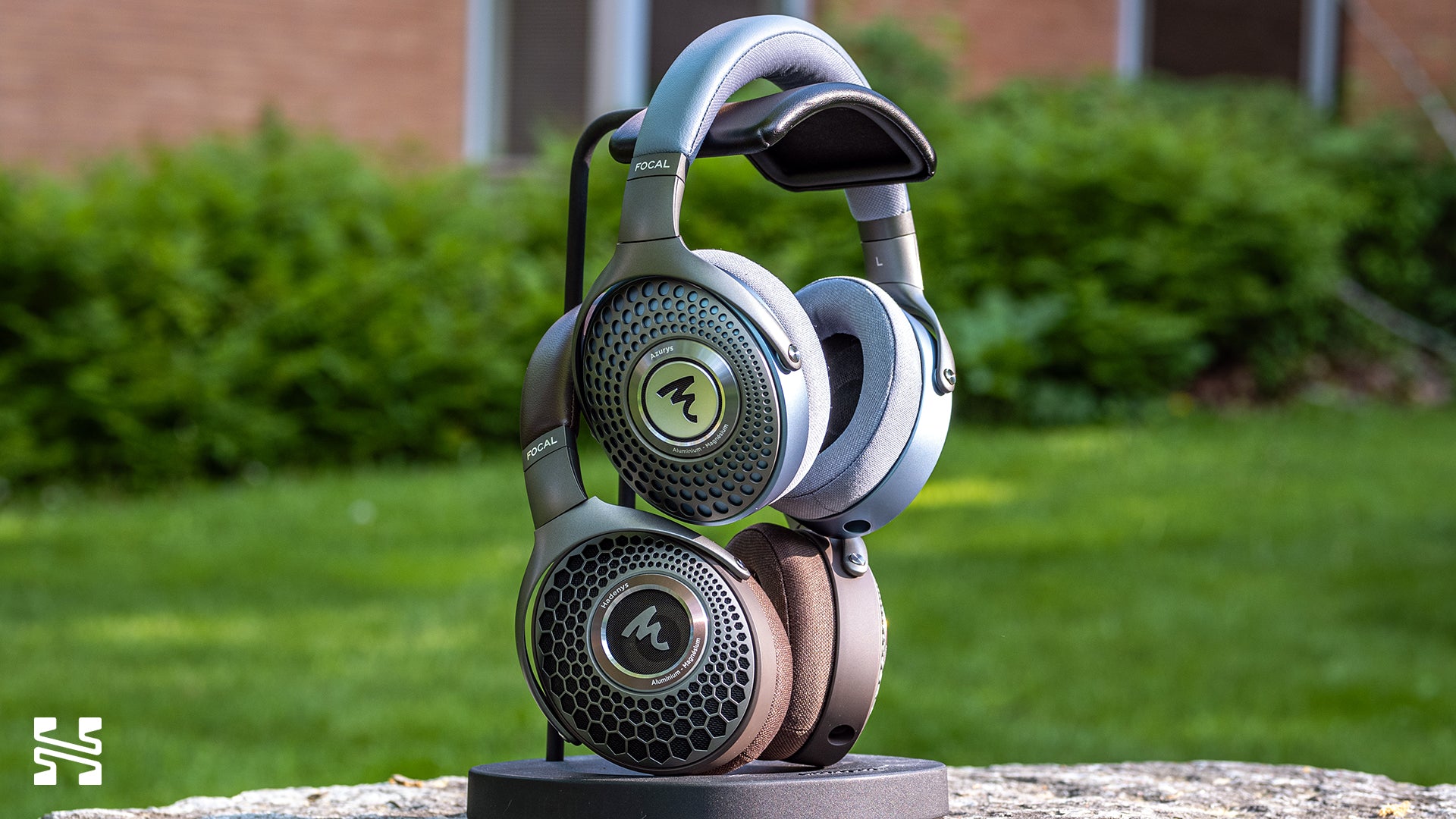
The differences are:
- Obviously, the color. The Azurys has a lovely blue aesthetic. The Hadenys is a mocha brown.
- The Hadenys is an open-back headphone while the Azurys is closed-back. The patterns on the cups are different too - hexagons for the Hadenys and circles for the Azurys.
- The cable for the Hadenys is 6 ft long and has a screw-on 6.35 mm cable. The Azurys’ cable is 4 ft with a 45-degree jack. To be frank, I am not a fan of the stock 3.5 mm cables. They have a horrible rubbery feel to them and a painful amount of cable memory. It’s not so bad on the Azurys since it's shorter, but with the Hadenys you’ll notice the annoying cable coiling, especially at a desk. Whoever’s in charge of cables at Focal, please, we need to talk. At least it has no cable noise and the colors match so that’s cute.
One final note I’d like to address is Focal’s not-so-great reputation for their build quality. Namely reports of their headbands snapping and drivers failing. While I haven’t experienced it myself, I’ve seen more than a couple complaints. However, those problems seem to be contained to their older headphones. The Bathys has been out since Oct 2021 and I haven’t seen a single problem. It seems like despite the plastic parts, this newer frame design actually solved the failure points of their older models and the 40 mm driver is better installed.

Comfort
I love the feel of these headphones. There’s a matte finish on the plastic that gives a slightly premium touch. The adjustment clicks on the headband are satisfying. The swivel of the cups has a good tension to them. The clamp force is firm but not suffocating. The pads are nicely plush with a soft give that retains some resistance to properly hug around the contours of my ears. I know some might look down on the plastic build but I think it’s a very reasonable trade-off for a lightweight headphone.
However, there are two things to note about its comfort. First is that the pads are a little smaller than most other high-end headphones, in both height and depth. If your ears are extra large, they might touch the top/bottom of the pads or the driver. I didn’t find it to be an issue though.
The second issue is that you might develop a bit of a pressure spot where the headband rests on your head. There isn’t a ton of surface area to work with. You can alleviate it a little by making the headband larger and it won’t slide down too much since they’re light.
Overall, I was wearing them for 3 - 4 hours at once without too much of an issue. It does get somewhat warm but it doesn’t seem to build up much further than that. Obviously, the Azurys is a closed-back so you won’t be getting any air flow. For isolation, the Azurys is OK. It won’t match an IEM, but I’ve brought the Azurys on a couple plane rides and I didn’t find it to be too bad once I had a bit of music going. It turned the oppressive cabin noise into more of a background hum.
See also:
Sound and Frequency Response
Focal Azurys
Here is the frequency response of the Focal Azurys taken using the industry leading B&K 5128 measurement system. The wide grey bands are preference bounds from research that show the limits of how much deviation/tonal color a headphone or IEM could have from DF HRTF that people still found acceptable without it starting to be perceived as imbalanced. Here’s a great video primer if you want to know more about what that means.
For a closed back headphone, this is actually quite a good graph. The first thing to note is that there’s a distinct bass shelf. A bass booty, in more formal terms. The upper mids around 3 - 4 kHz seem to have a bit of an odd roller-coaster going on before transitioning into a fairly elevated treble. It’s all largely within the preference bounds however so it’s not like this is an uncontrolled affair. Some tonal quirks, yes. But not unreasonably so.
Looking at the raw graph, we can better see the Azurys’ features in comparison to DF HRTF (+ 10 dB downward slope). That roller coaster response isn’t actually because of random dips in the upper mids but rather a shifting of the eargain peak closer to 3.5 kHz rather than the 3 kHz mark. The treble is also elevated in the lower-mid treble but settles down soon enough in the upper.
Focal Hadenys
For the Hadenys, it shares a number of similarities to the Azurys. Notably, it also has a bass hump, though much smaller in size. This is fairly unique as most open-back headphones aren’t able to sustain elevated lower frequencies. There’s the same sort of eargain shifting from towards 3.5 kHz here, but the treble elevation is a little more moderate.
Keep these images of the raw graphs in mind as I talk about the subjective experience down below. To my ear, the sound of the Azurys and Hadenys do line up fairly well with their frequency response graphs. So in general, very nicely tuned but with some quirks here and there. Both headphones are what I would call “reference-adjacent” with the Azurys being a bit more V-shaped.
Bass
Focal Azurys
As the graph suggests, the Azurys has a distinct bass shelf to its sound. This bass elevation doesn’t gradually blend seamlessly into the lower mids; it’s a clear coloration to the tuning. One that is fun and enjoyable. Despite stepping out of the preference bounds, I don’t hear the Azurys’ bass as being bloomy or muddy. Notes are well-defined and the mid-bass allows instruments like the kick drum and bass guitar to pop. It primarily has a mid-bass punch while the subbass decay and rumble are mostly heard on tracks that really emphasize those frequencies.
The most important question when it comes to a Focal headphone is its bass dynamics. It’s a mixed bag. On one hand, I don’t have complaints about the punchiness that the Azurys has. It’s pretty good bass. On the other, it’s a step down from the traditional Focal headphones like the Elex and Clear. There’s a bit of a softer feel to the impact than what I expected. So in the context of headphones in general, the Azurys is a very solid performer. Just don’t ask for that classic Focal bass performance.
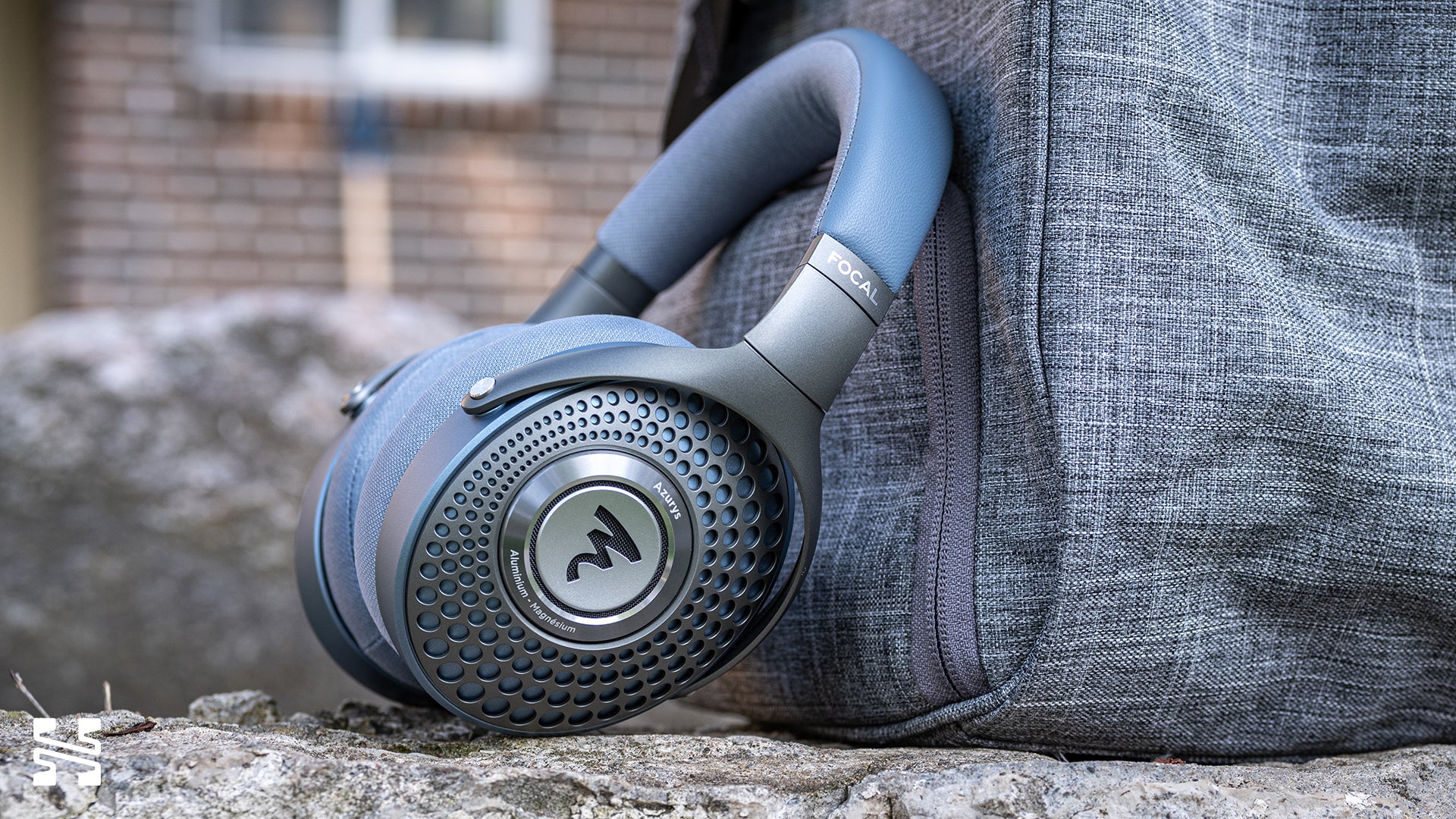
Focal Hadenys
Unlike most other well-tuned open-back headphones in the market, the Hadenys actually has a sizable mid-bass hump. I’m not exactly how Focal managed to incorporate it here but I’m not complaining. This bass hump is quite tasteful in quantity. Usually with open backs, I find myself wishing there’s just a little more bass so it comes through in the mix. The Hadenys has that little more bass. I’m satisfied with the bass volume here, especially for the relatively neutral presentation that the Hadenys seem to be aiming for.
Unfortunately, the Hadenys does compromise a little for it in terms of bass quality. There’s a very slight smearing where the bass transitions into the lower mids at around 250 - 300 Hz. And like the Azurys, the bass dynamics aren’t quite up to the classic Focal standard. When I compare it to the Elex, it’s almost as if they have the same amount of bass despite the Hadenys clearly graphing with more. The Hadenys is using its bass elevation to compensate for the diminished sense of dynamics. While the subbass roll-off is somewhat noticeable on the Elex, the overall impact is definitely superior, especially around that 150 Hz region.
Compared to the HD 600 however, the subbass presence of the Hadenys is a significant improvement. No longer do you get that somewhat puffy, single-noted midbass sound at the point of attack. There’s a lot more oomph, more weight, and more depth to the notes. I can now hear how a kick drum evolves from the attack of the head to the bodied resonance of the drum. It adds a much needed sense of texture to the sound.
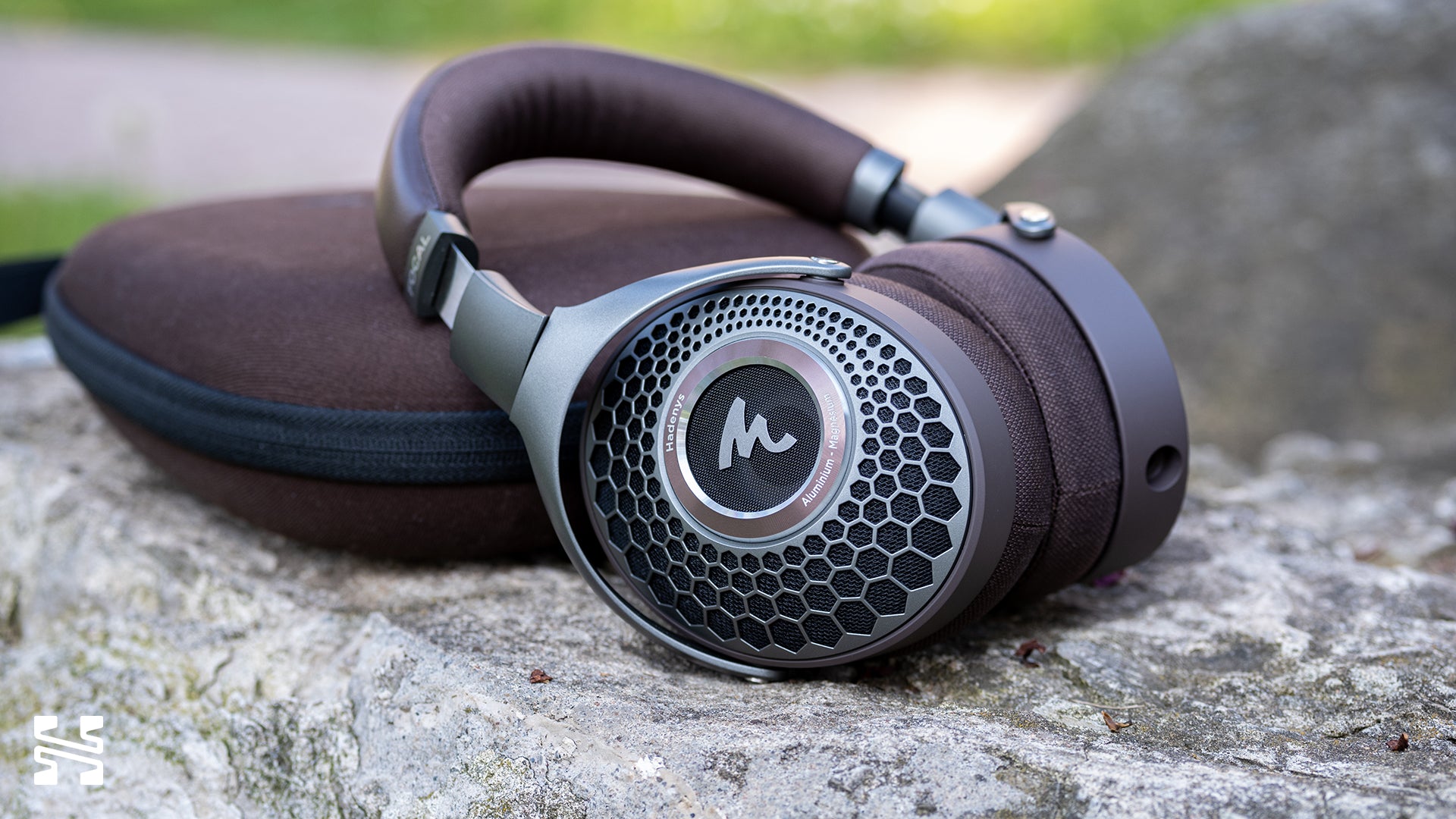
Mids
Focal Azurys
The shifting of the upper mids peak to 3.5 kHz (as opposed to 3 kHz) can be noticeable with the Azurys on certain tracks. The best way I can describe it is that vocalists sound a tad more breathy, or in some cases, out of breath. It’s as if they didn’t manage to take a deep enough breath with their diaphragm before singing, relying mostly on their lungs instead. I hear this most with male vocals, though females are partially affected as well. It’s a minor timbral quirk and not a deal breaker by any means; it’s just that once I noticed it, I can’t stop hearing it. Kind of like how when you become aware of a vocalist breathing in before every verse, you’ll unconsciously focus on that breath. But for the most part, I don’t really have any complaints with the Azurys’ midrange. I got used to the oddity in the vocal timbre quickly enough.
This ear gain shift also has the effect of making instruments have a bit less presence to them. Instruments don’t quite pop out at me. It’s a pretty subtle and counterintuitive effect because the bass shelf makes instruments warmer and vocals sound thick or sometimes even husky. However, I’d hypothesize that while excess energy around 1 - 2 kHz vs. 3 - 4 kHz is perceptually more detrimental to timbre, it seems to be important to create a sense of focus.
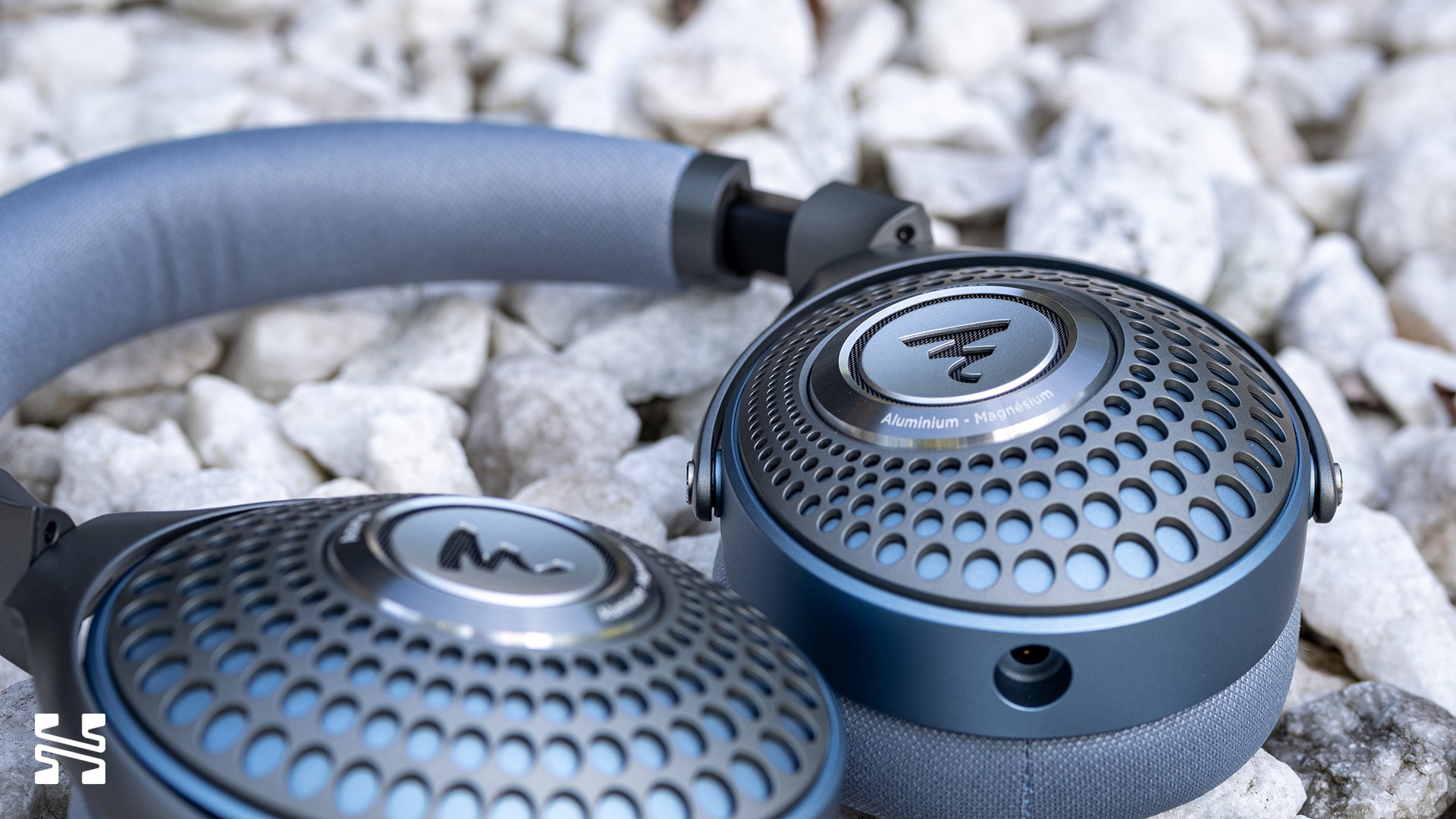
Focal Hadenys
Despite having a similar 3.5 kHz peak like the Azurys, it’s not as apparent as on the Hadenys. I don’t hear that breathy timbre in the vocals. I think what makes the Hadenys different from the Azurys is that it does have a touch of 1.25 kHz elevation that helps to balance out the higher ear gain. It introduces some of that sense of presence that the Azurys was lacking, even if it isn’t in the frequencies that are traditionally associated with instrument body (e.g. lower mids around 300 Hz).
Instead, I would classify the midrange as being less forward or in-your-face than normal but still with plenty of clarity. It’s a bit of a “cool” sounding headphone. Almost lean, but not quite. Compared to the HD 600, the shifted ear gain of the Hadenys can be heard, though it’s not something that bothers me. I expected the HD 600 to sound quite a bit warmer than the Hadenys but surprisingly, this isn’t the case. The bass boost of the Hadenys is doing a lot of heavy lifting to help balance things out.
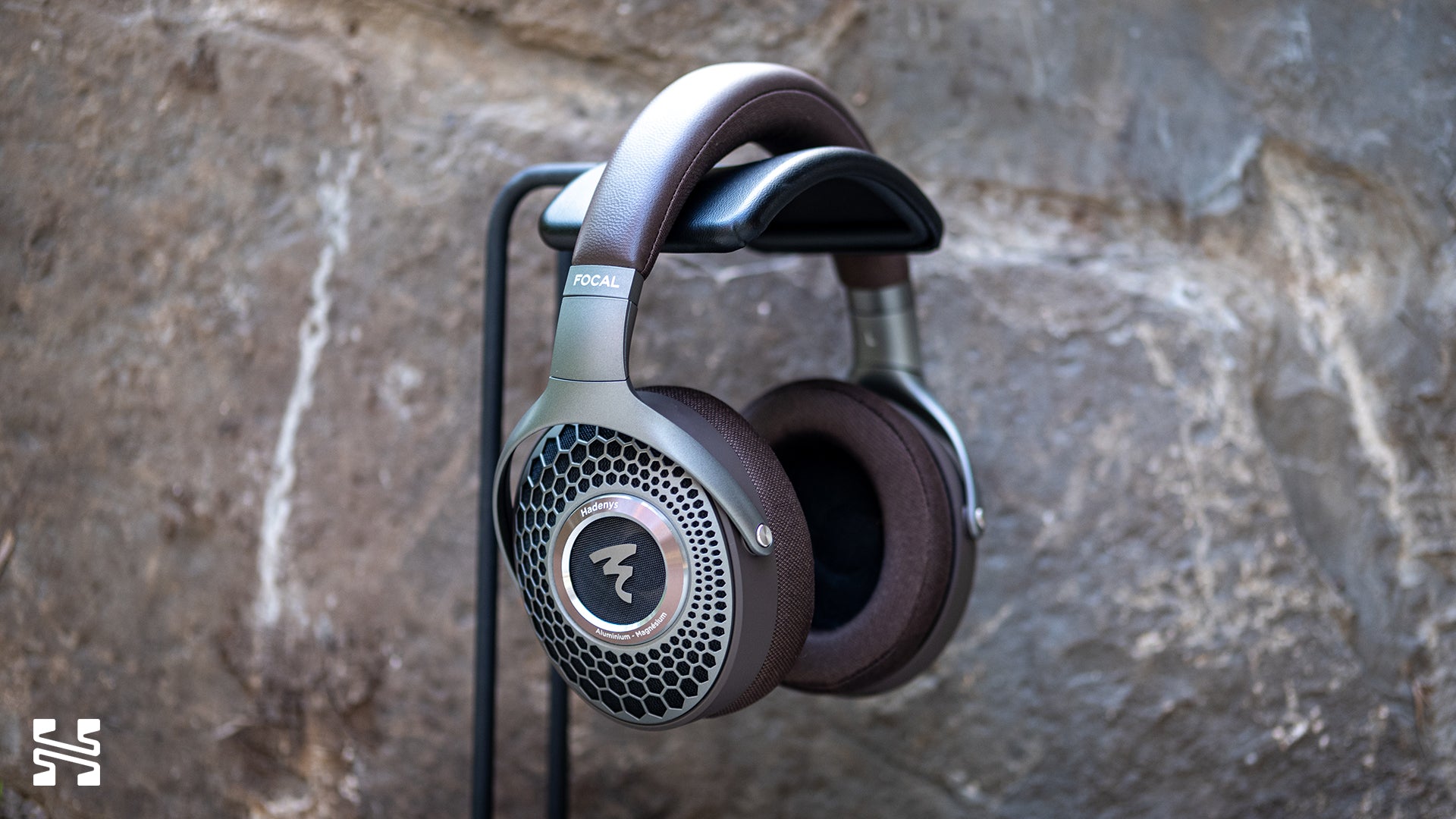
Treble
Focal Azurys
Depending on how the Azurys sits on your head (i.e. the clamp or pad coupling), it may have some extra energy in the mid-treble region around 6 - 10 kHz that can be seen on the graph. It does for me. Because it’s a wideband elevation, it isn’t peaky or sharp sounding. The 4 - 5 kHz lower treble “dip” side-steps where I normally find harshness and sibilance in the vocals. Instead it adds some vibrancy to the top end, particularly for the hats. It can get crispy for some recordings, but in general I’d say it’s a tasteful coloration. You don’t get exaggerated upper treble peaks like in some other closed backs e.g. the Focal Radiance.
It’s this extra elevation in the treble compared to the Hadenys, particularly around 6 kHz, that I think contributes to the timbral quirks in the midrange. It accentuates some of the upper harmonics of the vocals which lends excellent clarity but also makes the shifted peak more noticeable. Though as mentioned, this depends on how the pads couple to your head. You might not have an issue at all.
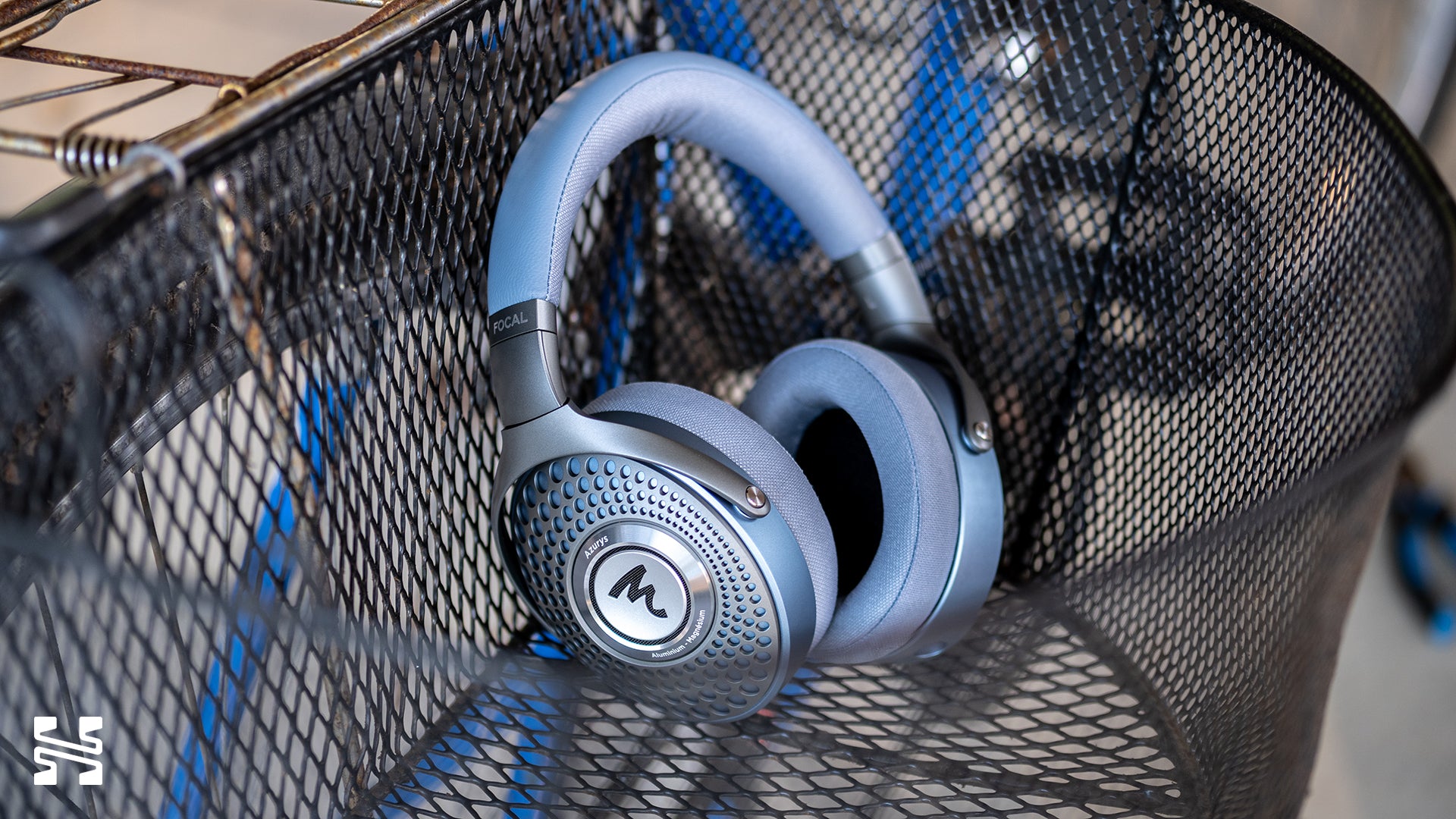
Focal Hadenys
The Hadenys’ treble is less pronounced than the Azurys and lends to a more balanced sound profile overall. It certainly doesn’t have that overall treble sheen that the Elex does as a result of excessive mid-treble. The couple of peaks it has are less peaky and more of a way to extend the treble response. You get those splashes of treble brilliance as the cymbals crash for example. Treble notes have a smooth, controlled decay.
I never thought I’d be saying this but compared to the HD 600, the HD 600 sounds bright. Specifically, it’s the upper treble region beyond 10 kHz that the HD 600 has quite a bit more energy than the Hadenys. And while I actually prefer bright sounding headphones, I find that on the HD 600, it sounds rather unfocused. There’s an uncontrolled splashiness to the hats and cymbals, particularly in poorly recorded rock tracks. The Hadenys sounded significantly more focused and precise, which I enjoyed. It should be noted however that your treble experience will greatly depend on how new your HD 600’s pads are. Older ones tend to sound darker. Mine are very fresh.
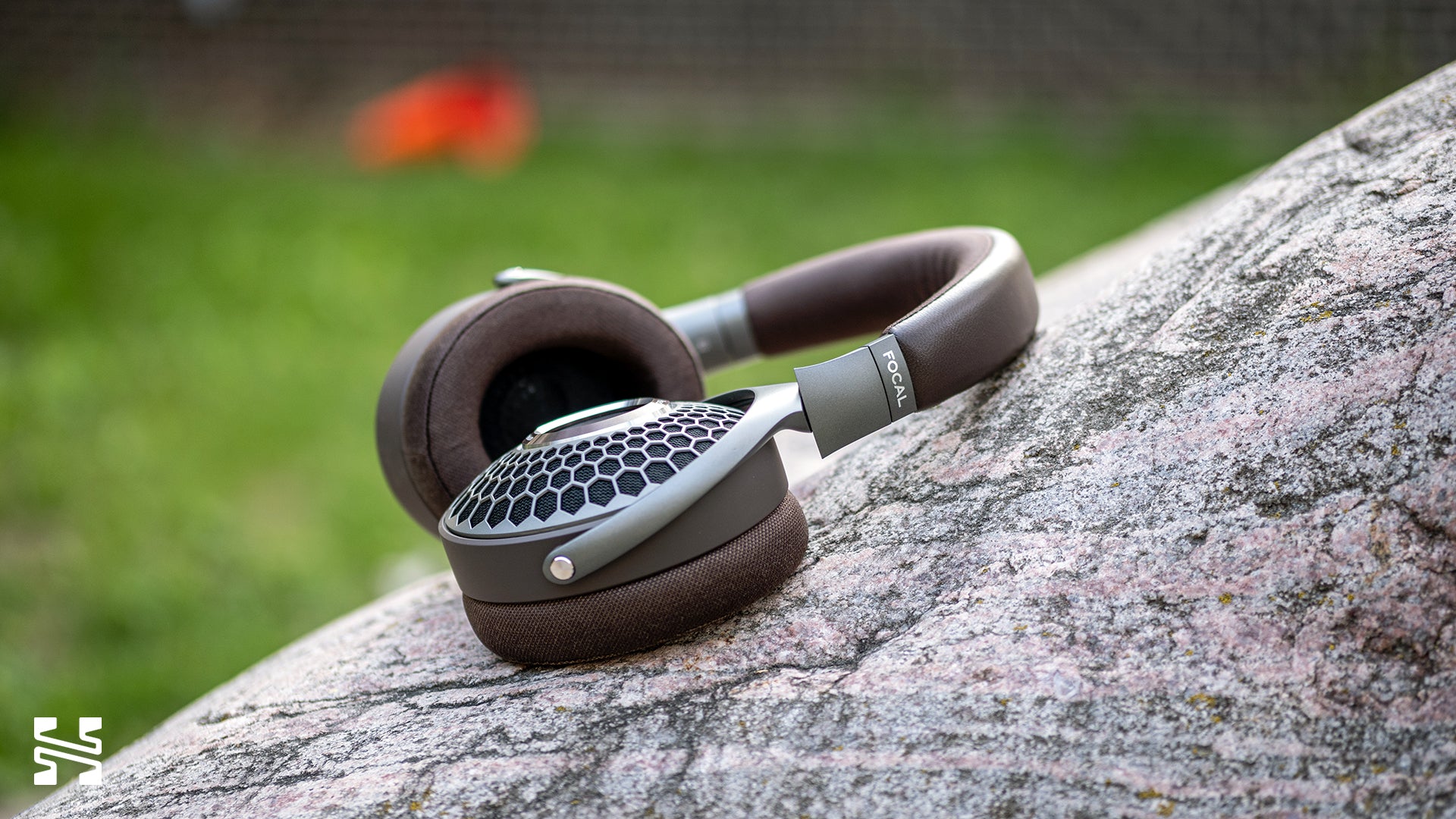
Presentation
In terms of their soundstage, both of these headphones aren’t anything to write home about. They avoid sounding narrow, but I wouldn’t consider either one to be particularly big or open sounding. Vocals are perceptually pushed-back as a result of the upper mids tuning and there’s a centered image overall. Unlike most other closed-back headphones, notes at the peripheries of the Azurys don’t sound “trapped” at cups. Compared to the Hadenys however, the limitations of a closed-back headphone are evident. While the Azurys is very commendable for a closed back, the Hadenys just sounds more effortless as air is able to flow freely through the cups. For both, imaging is quite commendable. There isn’t a lot of depth, but notes in the horizontal field are quite precise and evenly spaced.
When it comes to other technical qualities like resolution and layering, they won’t be winning any awards but hold their ground well enough. Though there is still has that “hi-fi” sort of feeling, it’s a step down from the other Focal headphones which is a bit of a disappointment. There just isn’t as much of an immediate sense of engagement that the older Focal headphones were known for. In fact, I wouldn’t even really look at it as the same class. It should be viewed on its own terms along with the Bathys as a different generation, much like how Audeze’s newer headphones are a departure from their older ones.
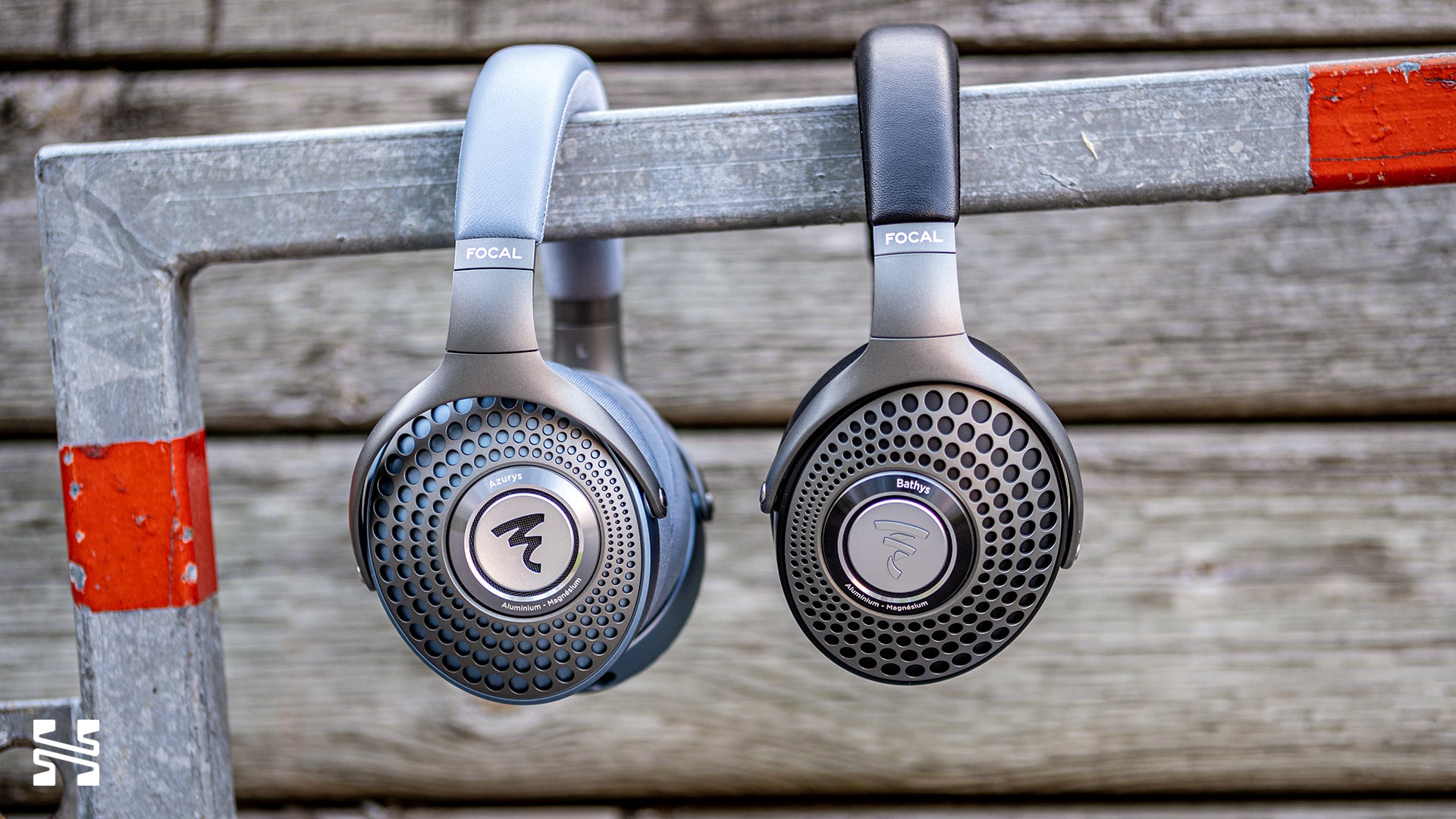
Comparisons
Focal Azurys vs. Focal Bathys
The most natural point of comparison for the Azurys is the Bathys. I think there’s two ways to look at it. The first is from the perspective of a desk headphone you bring between workplaces. There, the Azurys has a compelling argument. The Bathys’ stock tuning is a somewhat V-shaped response with a lower mids hump to create a boomy low-end and an enhanced treble at 10 kHz. Vocals take on a thicker yet simultaneously more relaxed tone due to the smaller ear gain at 3 kHz. Despite this extra coloration, I find the Bathys to be enjoyable across a wide range of genres. My biggest complaint would be the 10 kHz peak which adds a pesky vocal sibilance and can be fatiguing or even grating on splash cymbals.
In comparison, the bass and treble of the Azurys are reigned in and much like the Hadenys, it has a “reference-adjacent” tuning in the mids. On a technical level, while the size of the soundstage is the same, I find the Azurys’ sound isn’t as physically constrained as the Bathys. For resolution and detail, the Bathys wins superficially here thanks to the treble elevation. And for dynamics, the Bathys is also punchier. Ultimately, I prefer the Azurys for longer listening periods at my desk. It's less fatiguing and sounds more natural to me. It should also be mentioned that the Bathys’ leather pads can get quite a bit warmer than the Azurys’ more breathable fabric.
The second perspective is as an everyday carry, potentially pairing with Bluetooth adapters like the excellent Qudelix 5K or iFi Go Blu to emulate the wireless convenience of the Bathys. For a $150 extra, I would recommend the Bathys’ in this scenario, especially if you don’t already own a Bluetooth adapter. Once I tried its all-in-one system, I have to admit that it is a superior experience. When it comes to wireless products, every little bit of friction matters and the Bathys simply has less. And this is before factoring in its increased isolation and ANC options.
This isn’t to say the Azurys is bad by any means - I brought it on a 4 hour flight and didn’t take them off my head once. And there is something to be said about the simplicity of the Azurys with no extra frills like the ANC that can’t be turned off on the Bathys. In fact, I thought that they’d make the Bathys obsolete… until I actually tried the Bathys a week later and realized just how much more suited it is for travel. In terms of sound quality, while the Bathys may be slightly less preferable than the Azurys when I compare it side-by-side, I never felt like I’d rather have the Azurys when I was out and about.
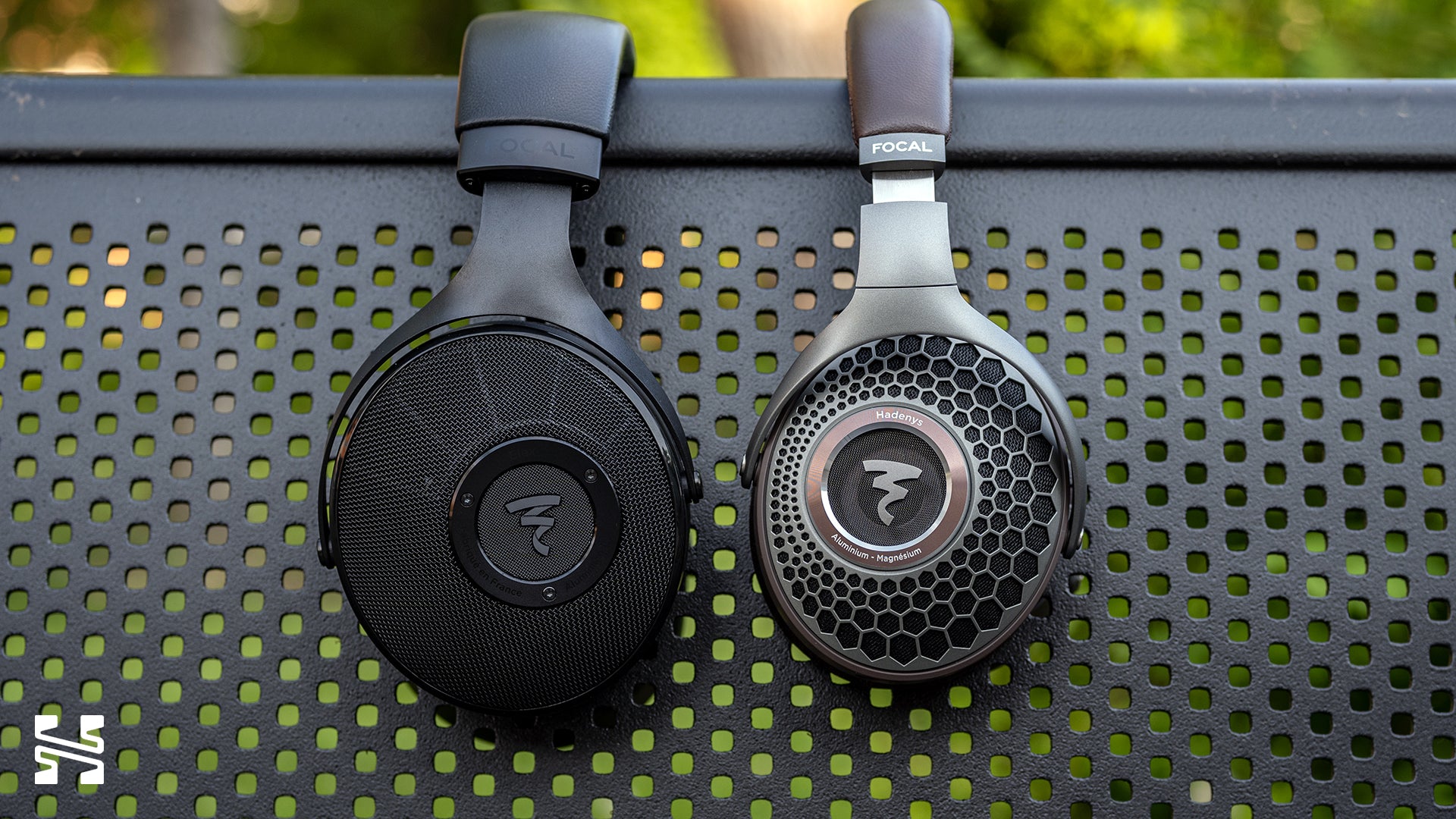
Focal Hadenys vs. Sennheiser HD 600 and Focal Elex
I think the best way to describe the Hadenys is that it’s a mix between the HD 600 and Elex, with both their strengths and weaknesses. Though overall, it leans more towards the HD 600.
For its strengths, like the HD 600, it’s similarly well-tuned across the whole frequency range, it’s lightweight, and it’s easy-to-listen to. Like the Elex, it improves upon the HD 600’s bass and treble response. The bass is punchier and more textured sounding while also having more subbass presence. And though it graphs with less treble, it sounds sharper and more focused in higher frequencies.
But in terms of weaknesses, it has a worse midrange in the 1 - 4 kHz region with that shifted ear gain. Though the bass is better, it’s more akin to the HD 600’s than the Elex’s in terms of dynamics. The staging experience is more like the HD 600’s in that it’s fairly intimate sounding and not very open. And finally the perceived technicalities are a step down from the Elex.
Compared side-by-side to the Elex, the coloration and vocal front in the midrange between 1 - 1.5 kHz is quite evident vs. the 3.5 kHz ear gain shift of the Hadenys. The treble also has more mid-treble presence to give hats and cymbals extra brilliance. However, I believe it’s what contributes to making the Elex more engaging overall. It adds to the classic sense of Focal dynamics and texture, such as the crack of a snare or grit of an electric guitar that works very well for my rock-heavy library. It just has a unique presentation that I haven’t come across in other headphones. Between the two, I would recommend the Hadenys as the safer buy. For all that I've said about that "classic Focal sound", the Hadenys isn't all that far off. Tuning is still king, and a bass boost certainly helps make up the difference.
Is the Hadenys an upgrade to the HD 600? If you’re talking about the presentation, no. You won’t find anything like the HD 600/650. The combination of their midrange tuning and intimate soundstage creates a “glue-y”, saturated sort of sound that I’ve yet to see replicated. The comfort is also unmatched, as long as your head isn’t too big. If you love the HD 600 for those reasons, then you’ll be hard pressed to find an upgrade anywhere. But if you’re more open to a different presentation and want an upgrade in the bass and treble, the Hadenys is a very good step in that direction. I would take the Hadenys over the HD 600 as the weaknesses in the HD 600’s bass and treble annoy me more than the pleasantness of its mids.
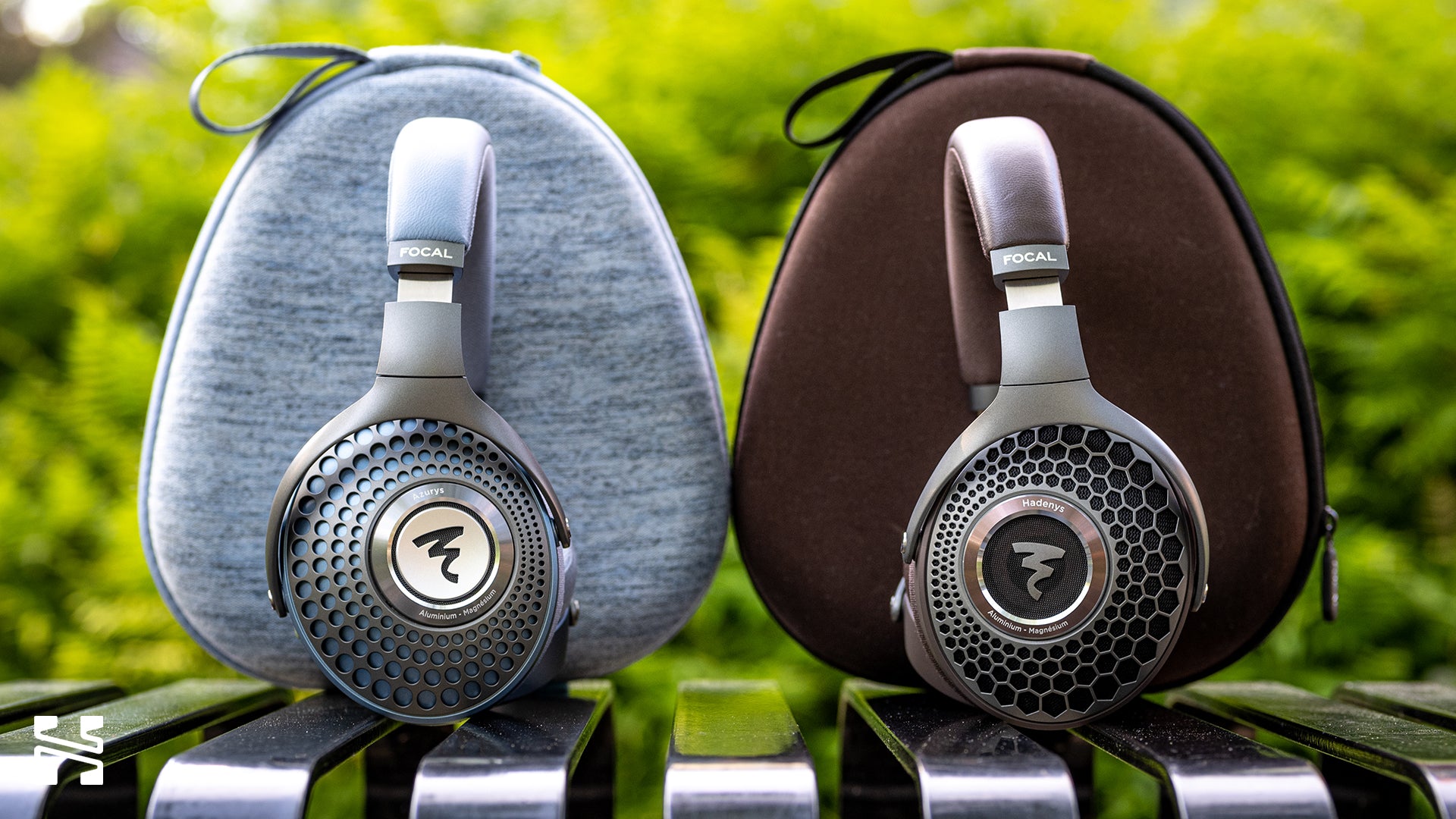
Should You Buy It?
Yes. I wasn’t too high on the Hadenys initially. But like many things, after spending more time with it and after hearing it next to the HD 600 and Elex, I came to quite enjoy it. The Hadenys made me sit down and really re-evaluate how I look at these headphones and I think Focal did a good job of achieving a proper Goldilocks. Speaking as a potential customer however, I do wish it was priced the same as the Azurys at $550 to cement a position as a superb price-to-performance headphone.
I say this because when I compare the Azurys with the Hadenys, I find that both of these headphones perform at roughly the same level of each other, with some tonal differences subject to personal taste and recordings. Yet the Azurys costs $550 and is a closed-back. It’s honestly quite impressive given how notoriously poor this category of headphones has been traditionally. If price was a concern, I would take the Azurys over the Hadenys. If price wasn’t a concern, I prefer the Hadenys. It has a generally sharper, focused, and more natural sound courtesy of its open-back nature.
What I like most about the Azurys and Hadenys is that they signal an evolution for headphones in a market that appears to be stagnant. It’s rare to see truly competitive headphones in the “mid-fi” product class and while neither of these headphones are likely to revolutionize that space, they’ve convinced me that innovation isn’t quite dead. I look forward to seeing what Focal and other manufacturers have in store for us in the future and for now, both the Azurys and Hadenys have earned a well-deserved recommendation.

